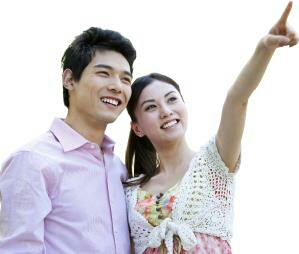Learn Chinese for Free—Lesson 69
Today's Chinese characters:
看电视书了
The other Chinese characters contained in this lesson have already been studied previously. You can just click on them and go back to the corresponding lesson.
| Character Knowledge Meter |
|---|
|
46.3%
Today with this lesson your knowledge of Chinese characters will reach 46.3% of all the Chinese language usage! |
Characters' Essentials

| - | [verb] Call on, visit, see |
| - | [verb] To direct the eyes on someone or something (look at, watch, see, read) |




Description and Examples
Dialogue 62
HSK Exam PaperThe following is from a past HSK1 exam paper.
男: 在哪儿? 女: 在上面,看见了吗? |
HSK Exam PaperThe following is from a past HSK2 exam paper. A: 他在哪儿呢?你看见他了吗? |
Sentence Structure 42 |
Sentence Structure 43 |
Sentence Structure 44 |
Sentence Structure 45 |
Is there anything you want to ask me about this lesson?
That's all for today. I wish you like my website and go on clicking and clicking on its other sections! However, if you need personalized lessons and want to make your pronunciation perfect click here.
IMPORTANT: About the ads in this page, if you see something inappropriate please tell me immediately (even anonymously) clicking here. |








